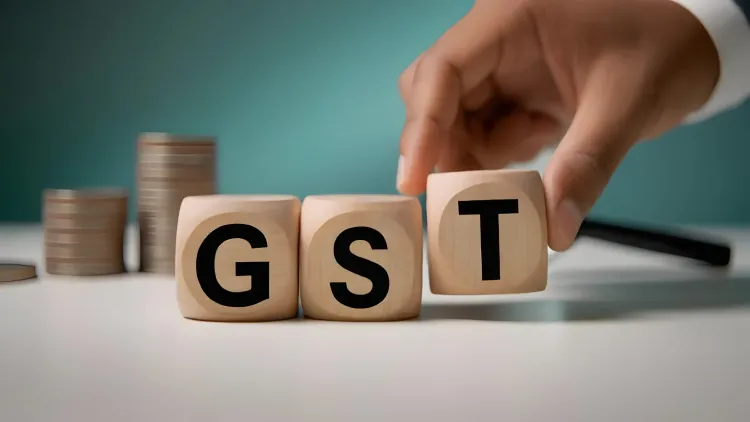Do High-Frequency Indicators Indicate That GST Cuts Have Boosted Growth?

Synopsis
Key Takeaways
- GST cuts have significantly boosted economic activity.
- E-way bill generation increased by 14.4%.
- Manufacturing PMI rose to 59.2 in October.
- Automobile retail sales surged by 40.5% YoY.
- Strong rural and urban consumption is driving growth.
New Delhi, Nov 27 (NationPress) A variety of high-frequency indicators demonstrate that India’s economic activities have picked up pace following the decrease in the Goods and Services Tax (GST), as stated in the Finance Ministry’s Monthly Economic Review published on Thursday.
During September and October 2025, the generation of E-way bills surged by 14.4 percent year-on-year. Concurrently, the cumulative growth in GST collections for April to October 2025 stands at 9 percent, illustrating that the fundamental revenue stream remains robust, supported by strong consumption and enhanced compliance.
Signs of momentum were also visible in the production sector. The Manufacturing Purchasing Managers' Index (PMI) for October climbed to 59.2, up from 57.5 in September, driven by GST relief, productivity improvements, and technological investments, as detailed in the report.
Moreover, service activity remained vigorous, with the PMI for services hitting 58.9 in October 2025, significantly above the 50 threshold that distinguishes growth from contraction.
Fuel consumption mirrored this overall enhancement. Petrol demand reached a five-month peak, bolstered by travel during the festive season, marking a 7.4 percent growth year-on-year (YoY).
Diesel consumption also achieved a four-month high, although its YoY growth remained unchanged. Trade indicators continued to show strength, as port cargo activity demonstrated double-digit growth in October 2025, signaling robust trading conditions, according to the report.
The report further highlights that demand dynamics remain broadly favorable, bolstered by strong rural spending and consistent growth in smaller urban areas, as evidenced by FMCG volume growth in Q3 of 2025.
"Rural consumption has continued to strengthen, fueled by favorable agricultural incomes resulting from healthy crop yields. Urban consumption is also recovering, particularly in smaller cities. The full effects of GST rationalization on spending patterns are expected to become more apparent in the coming two quarters," the report stated.
In line with these developments, high-frequency consumption indicators for October are beginning to reflect early signs of the positive effects of GST rationalization, underscoring its supportive role in maintaining economic activity. The Federation of Automobile Dealers Associations reported that automobile retail sales soared by 40.5 percent YoY in October 2025, with both passenger vehicles and two-wheelers achieving record sales.
Additionally, an analysis comparing auto sales performance during the 42-day festive period of 2025 with that of 2024 indicates an upturn in consumer sentiment this year, with overall vehicle retail volumes increasing by 21 percent YoY, resulting in the sector's highest sales and growth across all categories, the report concluded.









